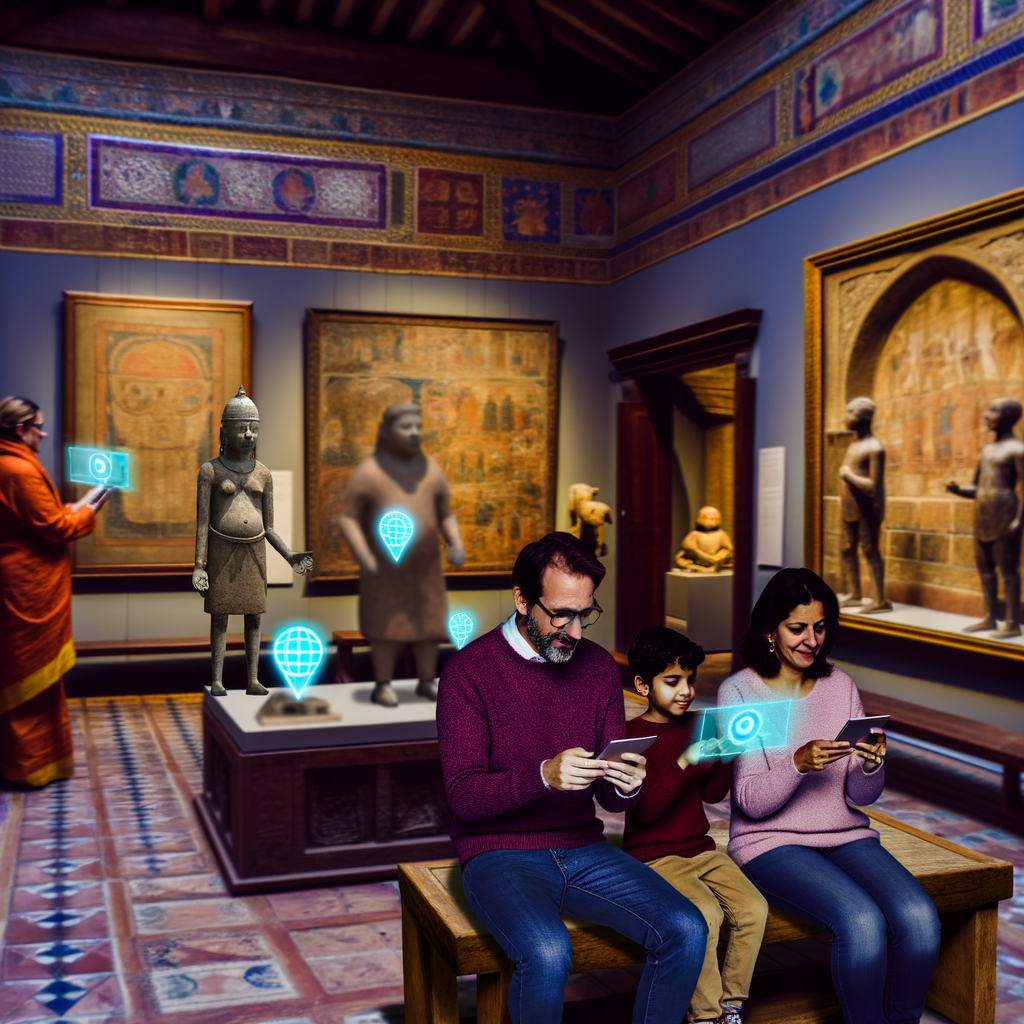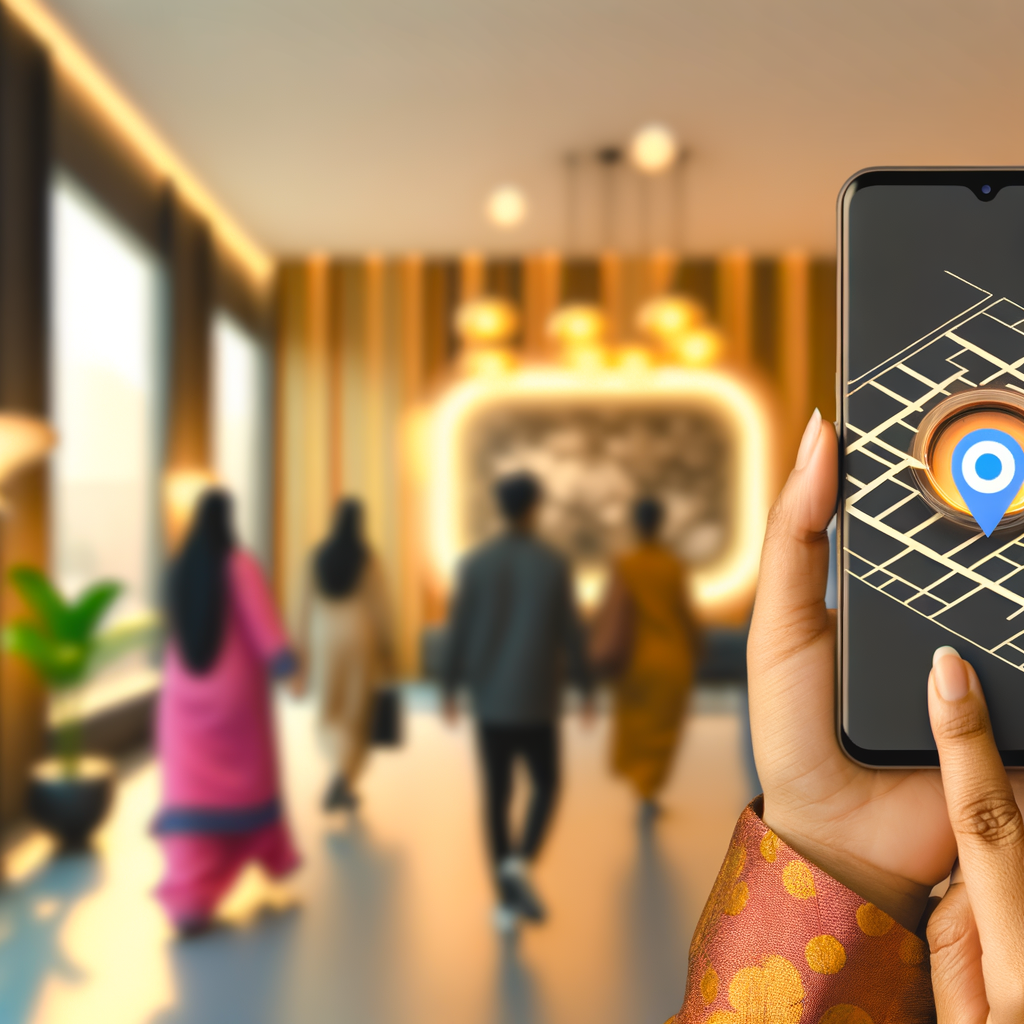Smart maps are more than just tools for finding your way around. They are dynamic guides that create interactive, personalized journeys by integrating with mobile devices, beacons, and connected kiosks. For businesses that thrive on visitor engagement and smooth operations like malls or shopping centers, this technology offers a treasure trove of benefits.
Imagine the impact on your day-to-day operations if your customers could have an intuitive, self-guided tour through your shopping center, picking up personalized recommendations, getting reminders for ongoing sales or events, and effortlessly finding their way to the next store of interest — all prompted by data-driven insights gathered from smart maps.
For eSignage and electronic kiosk companies, the opportunity here is immense. By incorporating smart map functionality into your products, you’re not just providing basic directions; you’re offering a tool that enhances the entire visitor experience. This means happier clients, repeat business, and a firm foothold in smart technology solutions. Your kiosks, now strengthened with smart map integrations, become hubs for personalized navigation and information; they become indispensable.
Shopping plaza owners and mall managers will find these smart maps invaluable for improving customer satisfaction and boosting business efficiency. By guiding visitors with curated paths based on real-time data, malls can effectively manage crowd flow, highlight under-visited stores, and even reduce wait times at key points (like food courts or restrooms), leading to a more pleasant shopping experience for the visitor.
The real beauty of these smart maps lies in their adaptability. Similar to tailoring a museum tour to the specific interests of a visitor, shopping centers can customize experiences to each guest, whether it’s guiding them to preferred brands, pointing out kid-friendly zones, or suggesting eateries that cater to their dietary needs. This level of personalization fosters a deeper connection with your venue, ensuring visitors feel valued and understood.
Moreover, with the wealth of analytical data generated by these systems, businesses can gain unprecedented insights into visitor behavior and preferences. This enables proactive business strategies, refined marketing efforts, and improved architectural layouts focused on creating a frictionless journey from entrance to exit.
In an era when consumers expect technological convenience at their fingertips, the adoption of smart maps offers an innovative edge. It positions your business not just as a destination, but as an experience. In essence, these smart maps are not just about navigation but about elevating the entire visitor journey — a goal that resonates well with museums and can be a game-changer in retail and large-scale venue management.
By embracing this technology, you’re not only keeping up with the times but setting a precedent for new, engaging ways to interact with your audience, turning routine visits into memorable experiences. And in the world of business, isn’t that what it’s all about?




